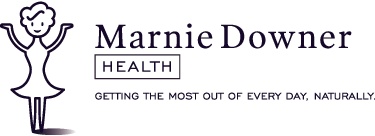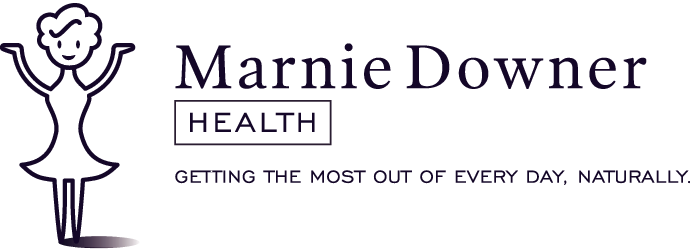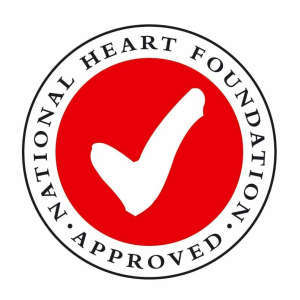Food manufacturers want us to buy their food and they employ a vast number of tricks and techniques to hook us in.
Irrelevant claims: 99% fat free – that’s what you may find on a bag of lollies. Low fat – generally means high in sugar. Remember, fat = satisfaction.
Ticks and seals. Seeing a tick on a label makes us think that it is has met some form of health criteria. On that note….
BEWARE: The Heart Foundation tick. The tick ONLY means a product is healthier than other options. A meat pie, for example, may get the tick if it’s lower in salt and fat than another meat pie. Does that make it healthier than a salad? Me thinks not.
No added…: this will generally be sugar. Juices will truthfully claim there is no added sugar BUT, if we head back to the nutrition panel, what do we find…?
Names that sound healthy: They will usually contain words like, natural, gluten free or low GI (glycemic index). They may well be healthy, but a quick read of the NIP and ingredients list will give you a better idea.
Priming:
In the US in 2012 fast food restaurants spent $4.6 billion on all advertising. Check out this fact sheet for more mad statistics. Given Australia is just behind the US for obesity these figures apply to us too.
The average Australian watches around four hours of television per day therefore, we are bound to be subtly influenced by the messages we see.
Priming is when a stimulus affects the way we behave and think. And guess what? Food advertisers are experts at it! For example, the smell of freshly baked bread that emanates from Subway, that’s no accident. It’s a ‘prime’ example of priming.
The good news is that it only works when we are not aware of it. So the next time you get an urge for something, ask yourself, “am I being primed?”
Next month Debbie Downer looks at food additives.


